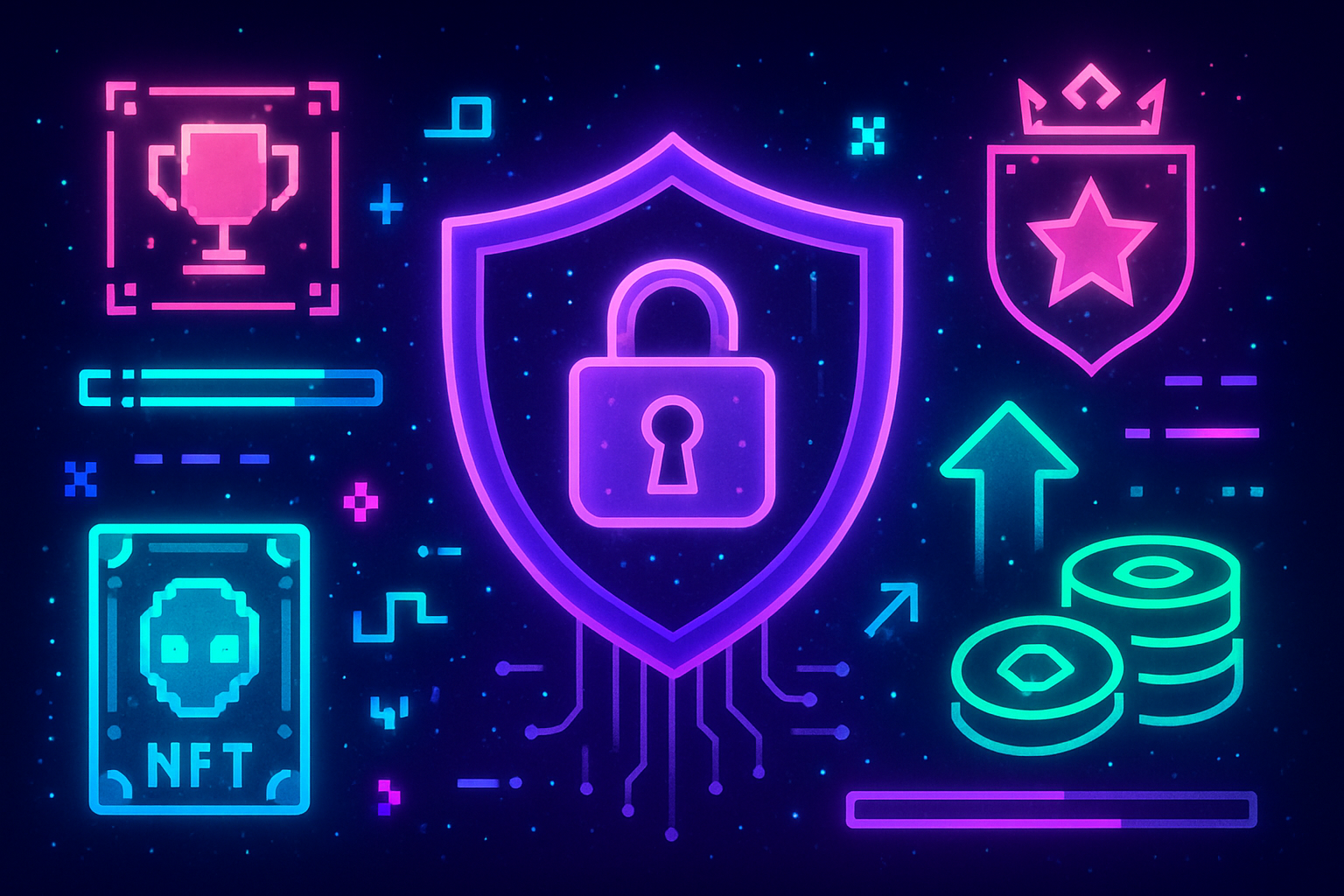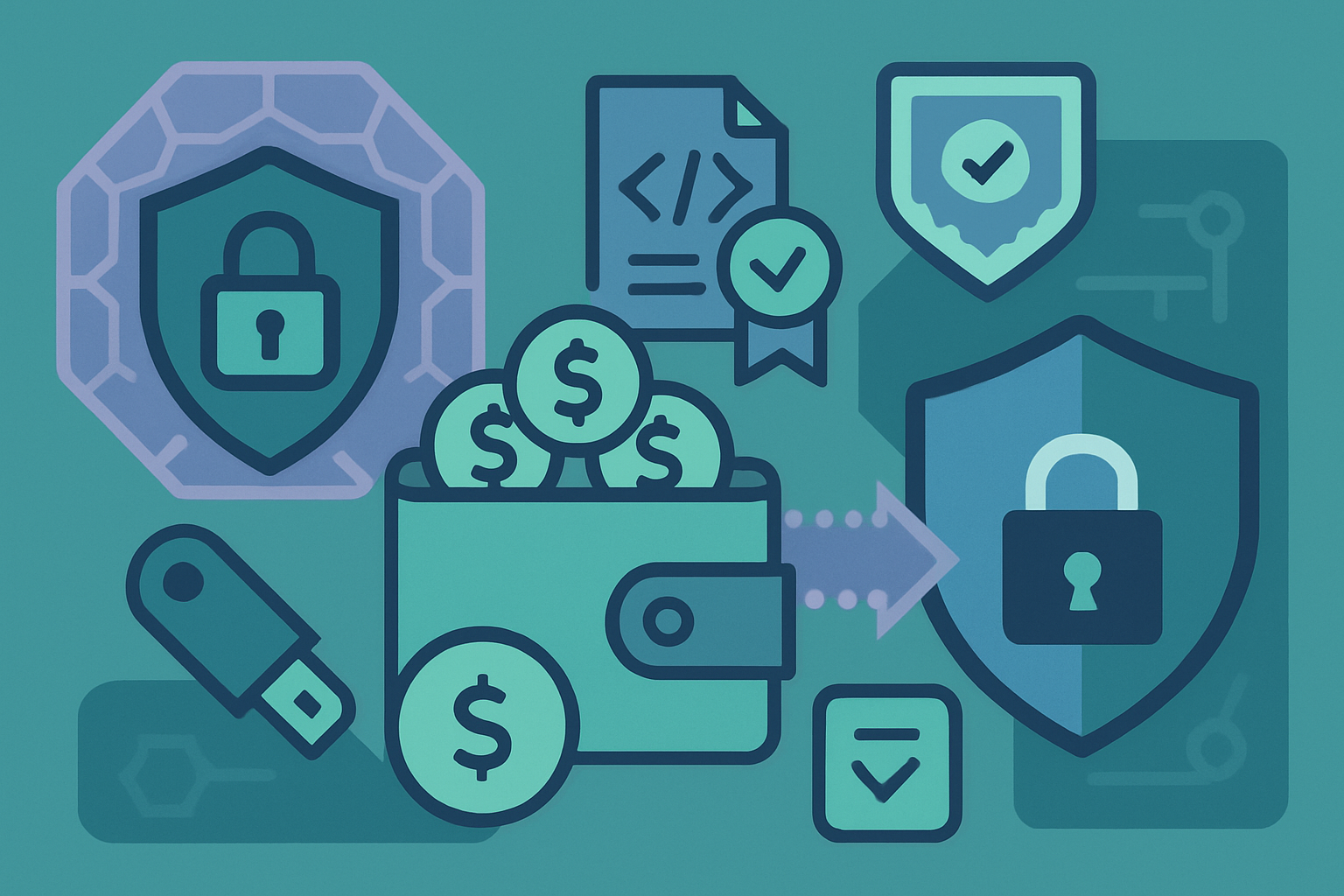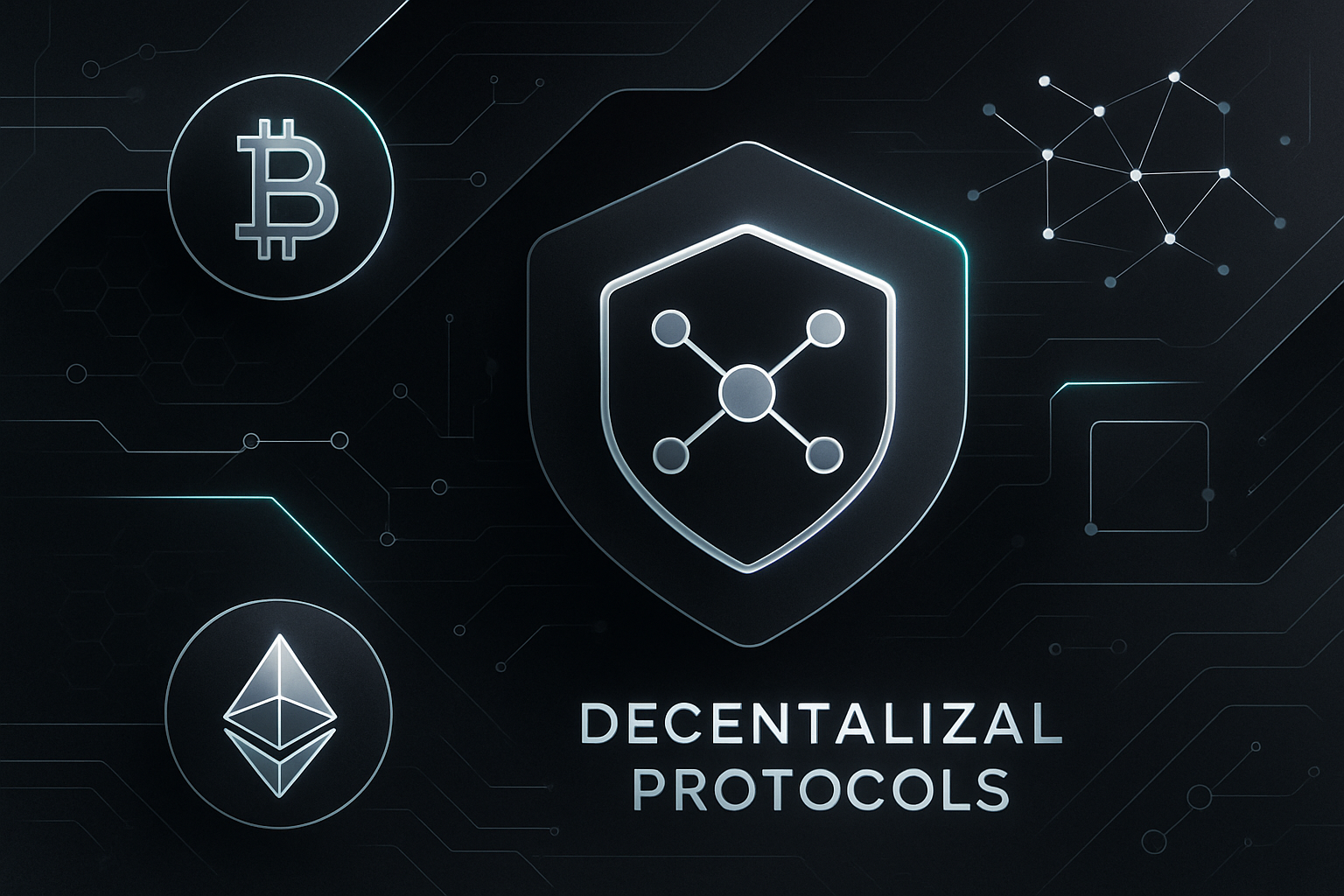How Mini-Games Are Driving On-Chain Engagement and User Growth in Web3 Gaming

Mini-games are rapidly emerging as a cornerstone of Web3 gaming engagement, fundamentally transforming how users interact with blockchain-based ecosystems. Unlike traditional AAA titles or even larger play-to-earn (P2E) experiences, mini-games excel by lowering the barriers to entry and providing instant, frictionless entertainment. Their compact design and accessibility make them ideal for onboarding new users, especially in a landscape where user acquisition costs are soaring and retention is a persistent challenge.

Why Mini-Games Are Winning: Accessibility and Virality
The core appeal of on-chain mini-games lies in their simplicity. Players can jump into quick, rewarding experiences without the need for lengthy tutorials or significant up-front investment. This is particularly effective in Web3, where wallet connections and blockchain transactions can often intimidate newcomers. By embedding games directly within widely used platforms – such as messaging apps or social networks – developers can tap into massive existing audiences.
A prime example is Line Next’s 2024 initiative to integrate Web3 mini-games into its messaging app, which serves over two billion users globally. By allowing seamless wallet integration and friend invitations via Line IDs, the platform removes friction points that typically hinder blockchain adoption. This strategy not only accelerates onboarding but also encourages organic growth through social sharing and network effects.
Case Studies: User Growth Fueled by Mini-Games
The impact of mini-games on boosting onchain activity is best illustrated by recent case studies from the TON ecosystem. Notcoin, a Telegram-based tap-to-earn game, expanded its user base from zero to 35 million in just three months by leveraging simple mechanics and viral distribution through messaging platforms. Similarly, Catizen attracted nearly six million players by mid-2024 with its accessible gameplay loop and integration with generative AI technology.
These projects demonstrate how mini-games act as powerful funnels for larger blockchain ecosystems. Users who start with casual play are more likely to explore additional features such as NFT trading, staking, or governance participation once they’ve built familiarity within a low-stakes environment.
The Mechanics Behind On-Chain Engagement
Mini-games succeed not just because they’re easy to play but because they introduce users to critical blockchain concepts in an intuitive way. Features like token rewards, leaderboard competitions, and digital asset ownership are woven into the gameplay loop from the outset. This gamified exposure helps demystify complex topics such as wallet management or decentralized finance (DeFi), making them approachable for mainstream audiences.
Additionally, integrating real-time incentives – whether through native tokens or interoperable assets – creates immediate value for players while reinforcing platform loyalty. As seen in successful projects like Catizen and Notcoin, these mechanisms significantly increase daily active users (DAUs) and session durations compared to more complex P2E models.
If you’re interested in learning more about how these strategies are being implemented across leading crypto projects, check out our detailed breakdown at this link.
Beyond raw user numbers, the integration of mini-games is reshaping the economic and social dynamics within fully on-chain games. Developers are leveraging these compact experiences not just for onboarding, but as crucial engines for community growth and retention. The viral nature of mini-games encourages organic sharing, while real-time leaderboards and social rewards foster a sense of competition and belonging among players.
Emerging data from recent launches underscores this trend. For example, Notcoin’s rapid scale to 35 million users was fueled by its tap-to-earn mechanic, which made blockchain rewards tangible and immediate. Meanwhile, Catizen’s use of generative AI to personalize gameplay has helped sustain long-term engagement, keeping nearly six million users returning for daily challenges and community events. These case studies highlight how mini-games can serve as both entry points and retention levers within larger Web3 ecosystems.
Marketing Impact: Mini-Games as Growth Catalysts
The marketing implications are profound. In a sector where user acquisition costs are rising and attention spans are shrinking, mini-games offer a cost-effective solution for both discovery and retention. Blockchain game marketing strategies increasingly revolve around launching viral mini-game campaigns that reward early participation with exclusive NFTs or token drops, mechanisms proven to boost initial traction and foster ongoing loyalty.
Furthermore, embedding on-chain mini-games within messaging platforms or social networks enables seamless referral loops. Players can invite friends directly via in-app features, compounding network effects without the friction typical of standalone crypto onboarding flows. This approach not only increases conversion rates but also cultivates robust communities that drive sustainable growth for fully on-chain games.
Future Outlook: Evolving Role of Mini-Games in Web3
The success stories from TON’s Notcoin and Catizen are likely just the beginning. As blockchain infrastructure matures, particularly with frameworks like MUD and Dojo, developers will gain even greater flexibility to design interoperable mini-game experiences that span multiple ecosystems. Expect to see cross-platform leaderboards, shared token economies, and collaborative events that further blur the lines between casual play and deeper on-chain engagement.
For creators aiming to maximize Web3 gaming engagement, the blueprint is clear: prioritize accessibility, reward virality, and ensure every interaction is rooted in transparent on-chain logic. Mini-games are not just a fleeting trend; they are shaping the next wave of user-centric innovation in decentralized gaming.

To explore more case studies on how leading crypto projects leverage mini-games to drive on-chain activity, and what this means for the future of blockchain game marketing, visit our comprehensive analysis at this link.





